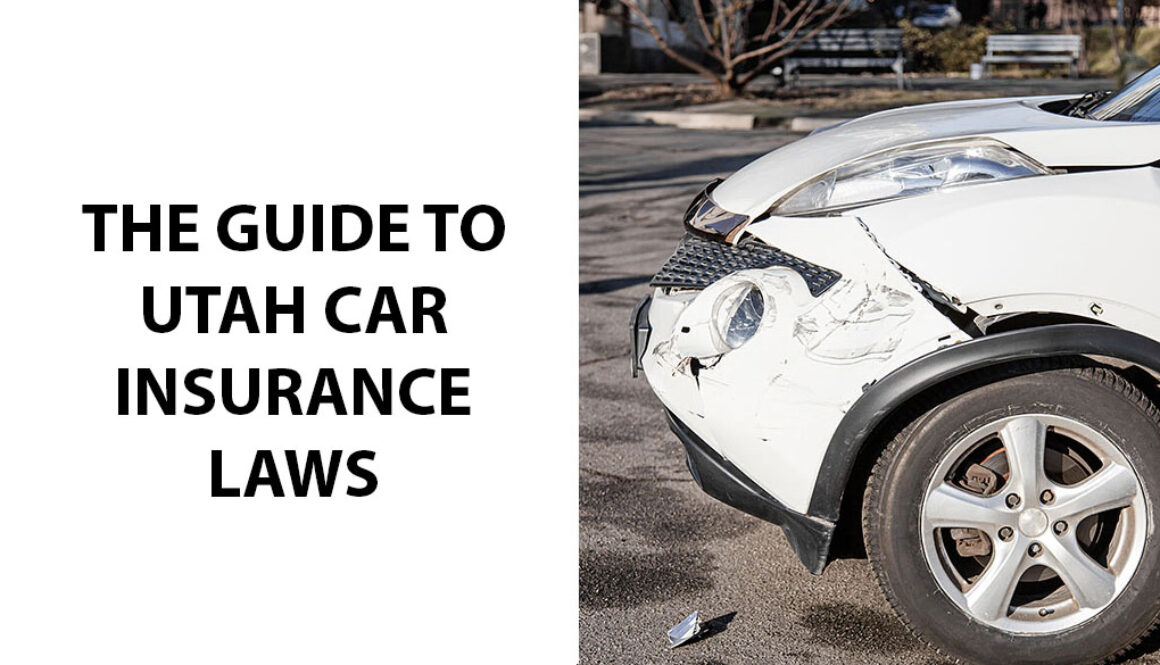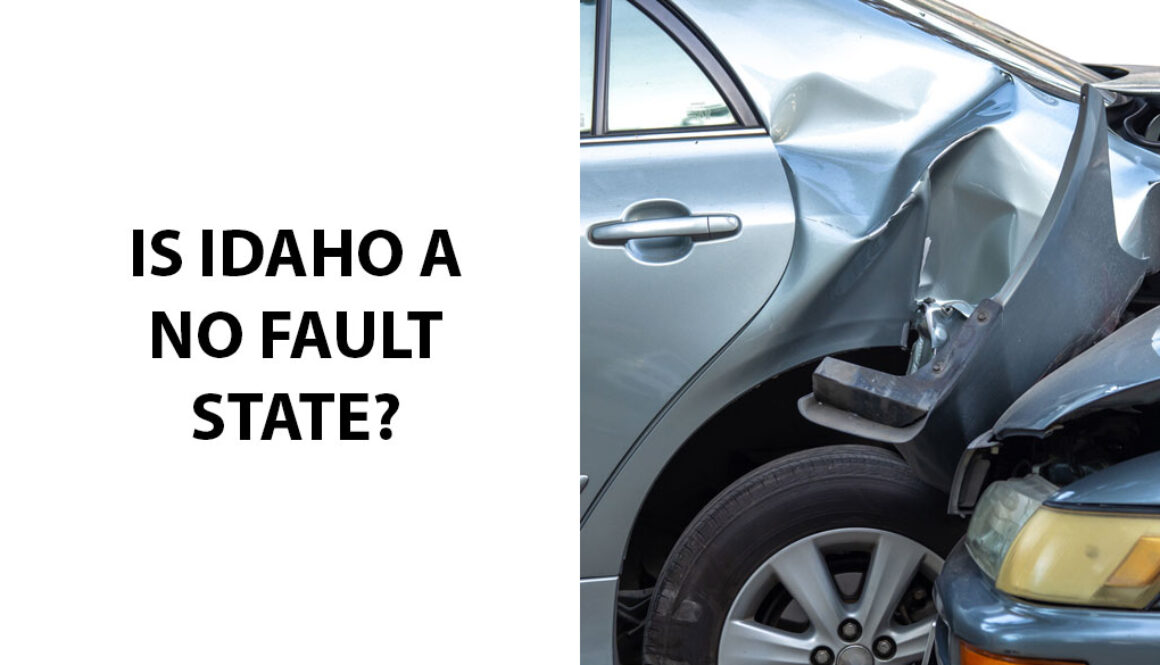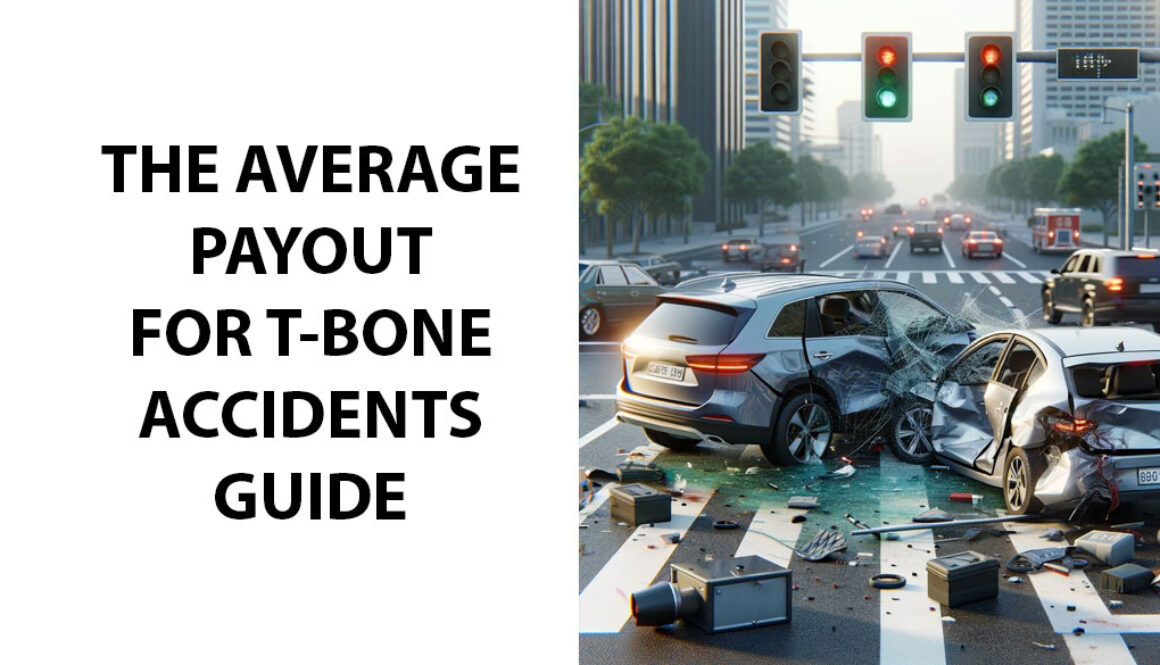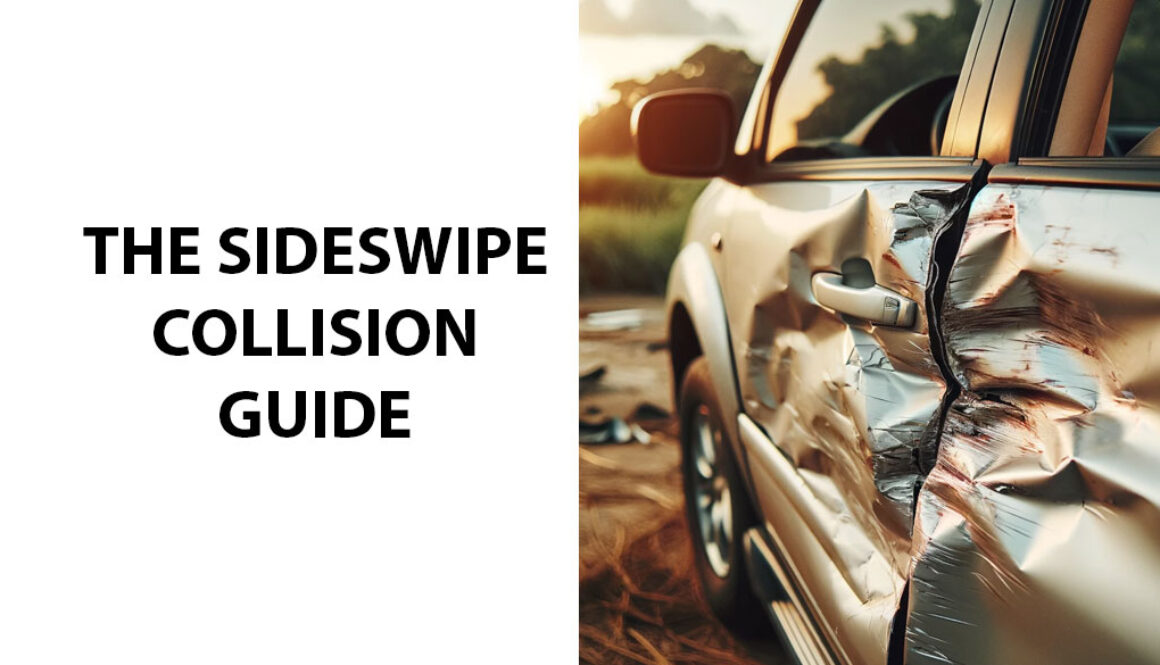The Guide to Utah Car Insurance Laws
Trying to keep up with and understand Utah car insurance laws can often feel like a daunting task. However, knowing the specific laws and requirements in Utah is extremely important for every driver. In the Beehive State, car insurance isn’t just a recommendation—it’s a legal necessity. Each state has its own set of rules and minimums, and Utah is no exception. Whether you’re a new driver, a seasoned commuter, or just brushing up on your knowledge, our guide will dive into all the essential details you need to know about Utah car insurance laws. From coverage minimums to penalties for non-compliance, we’ll make sure you’re well-informed and prepared for the road ahead.
If you live in Utah and have been in an accident and need legal advice, call us at (435) 752-3551 or click the button below to get a free legal consultation.
Utah Car Insurance Requirements
Utah’s car insurance requirements are designed to ensure that drivers have adequate protection in case of accidents or mishaps on the road. Here are the main aspects of Utah’s car insurance laws:
- Personal Injury Protection (PIP): Utah is a no-fault state, meaning your insurance pays for your medical expenses regardless of who caused the accident. The minimum PIP coverage required in Utah is $3,000.
- Liability Insurance: Utah law requires drivers to have liability insurance to cover damages or injuries you might cause to others in an accident. The minimum coverage limits are:
- $25,000 for bodily injury per person
- $65,000 for bodily injury per accident
- $15,000 for property damage per accident
- Uninsured Motorist Coverage: While this coverage is not mandatory in Utah, it’s highly recommended. It protects you in case you’re in an accident with a driver who does not have insurance or doesn’t have enough insurance.
- Underinsured Motorist Coverage: Similar to uninsured motorist coverage, underinsured motorist coverage is an optional add-on that provides additional protection if the at-fault driver’s insurance cannot cover all the expenses related to an accident.
- Proof of Insurance: Utah drivers are required to carry proof of insurance in their vehicle at all times and present it when requested by law enforcement.
Utah Liability Insurance Coverage
Utah’s liability insurance coverage is a fundamental component of the state’s car insurance requirements, designed to protect drivers financially if they are at fault in an accident. Here are a few key points about Utah’s liability insurance coverage:
- What It Covers: Liability insurance in Utah covers expenses related to injuries, death, and property damage that you, as the at-fault driver, cause to others in an automobile accident. This includes medical bills, lost wages, pain and suffering of the injured party, and costs for repairing or replacing damaged property.
- Importance of Adequate Coverage: While sticking to the minimum limits might seem cost-effective, it’s important to assess your potential risk and consider higher coverage limits. If the damages in an accident you cause exceed your coverage limits, you will be personally responsible for the remaining costs, which could be financially devastating. Higher liability limits offer more
comprehensive protection and peace of mind.
- Exclusions and Limitations: Liability insurance does not cover your own injuries or property damage. For that, you’ll need other types of coverage like collision, comprehensive, or personal injury protection (PIP). Additionally, intentional damage or harm and damages above your policy limits are not covered under liability insurance.
Is Personal Injury Protection Required in Utah?
In Utah, Personal Injury Protection (PIP) is indeed a required component of auto insurance policies. This requirement stems from Utah being a no-fault state, which fundamentally changes how insurance claims are handled after an auto accident. Unlike in at-fault states, where the driver who caused the accident is responsible for covering the damages, in no-fault states like Utah, your own insurance policy pays for your medical expenses regardless of who is at fault in an accident.
Personal Injury Protection plays a crucial role in this process. It’s designed to cover medical expenses, a portion of lost wages, and sometimes funeral costs, up to a certain limit, for you and your passengers after an accident. This coverage ensures that, following an accident, individuals can receive timely medical attention without the immediate need to establish fault, which can sometimes be a lengthy process.
It’s important to note that while PIP provides essential coverage for immediate medical expenses and related costs, it does not cover property damage. It also doesn’t cover more extensive injuries and damages that might exceed its limit. For these scenarios, other types of insurance coverage, such as bodily injury liability and property damage liability, come into play.
Penalties For Driving Without Insurance
- Fines: The most immediate consequence is a monetary fine. The amount varies, often increasing with subsequent offenses, serving as a financial deterrent.
- License Suspension: A driver caught without insurance may face suspension of their driver’s license. This suspension can create a significant inconvenience, affecting the driver’s ability to commute and maintain their daily routine.
- Registration Suspension: Along with the driver’s license, the vehicle’s registration can also be suspended. This means the vehicle cannot be legally driven by anyone until the issue is resolved.
- Reinstatement Fees: To reinstate a suspended license or registration, drivers typically need to pay a reinstatement fee, adding to the financial burden of the penalty.
- SR-22 Requirement: For serious or repeated offenses, drivers may be required to file an SR-22 form. This certificate of financial responsibility must be maintained for a designated period and often leads to higher insurance premiums.
- Increased Insurance Costs: Even after reinstating their insurance, drivers who have been penalized for driving without insurance often face higher insurance rates, as insurers consider them high-risk.
- Legal Consequences for Accidents: If an uninsured driver is involved in an accident, the legal and financial consequences can be severe, especially if they are at fault.
Optional Car Insurance Coverage
Optional car insurance coverages go beyond the basic requirements set by state law, offering drivers additional protection and peace of mind. These optional coverages can be tailored to individual needs and circumstances, providing a more comprehensive shield against various risks on the road. Here’s an overview of some common types of optional car insurance:
- Collision Insurance: This coverage pays for damage to your vehicle resulting from a collision, regardless of who is at fault. It’s particularly valuable for newer or more expensive vehicles.
- Comprehensive Insurance: Comprehensive coverage protects against non-collision-related damage to your vehicle. This includes events like theft, vandalism, fire, natural disasters, and interactions with animals. It’s often bundled with collision coverage.
- Uninsured/Underinsured Motorist Coverage: While not mandatory in all states, this coverage is crucial for protecting yourself against drivers who lack sufficient insurance. It covers your expenses if you’re in an accident with an uninsured or underinsured driver.
- Gap Insurance: If you have a loan or lease on your vehicle, gap insurance can be vital. It covers the difference between the vehicle’s actual value and the amount you still owe if the car is totaled or stolen.
- Rental Reimbursement: If your car is in the shop due to a covered accident, rental reimbursement helps cover the cost of a rental car, easing transportation woes during vehicle repairs.
- Roadside Assistance: This coverage provides help for situations like flat tires, dead batteries, lockouts, and towing. It’s a convenient service for unexpected roadside issues.
- Custom Parts and Equipment Coverage: For those who have significantly modified or upgraded their vehicles, this insurance covers the cost of custom parts and equipment in case of damage or theft.
- Medical Payments Coverage: Similar to PIP, this coverage helps pay for medical expenses for you and your passengers after an accident, regardless of who’s at fault. It’s beneficial in states that are not no-fault.
What to do if you’ve been in an accident in Utah
If you’re involved in a car accident in Utah, prioritizing safety is paramount. Initially, check for any injuries among all parties and call emergency services if needed. If the vehicles are operable and the accident is minor, move them to a safe spot to avoid obstructing traffic.
It’s essential to exchange information with the other drivers, including contact details, insurance information, and vehicle descriptions. Documenting the accident scene with photographs and noting the exact location can also be helpful. Contacting the police is vital, especially in cases of significant damage or injury. A police report provides an official record of the incident, valuable for insurance claims and legal purposes. After addressing immediate safety and legal requirements, report the accident to your insurance company. Provide them with detailed information to initiate the claims process. Honesty and thoroughness in this step are key to a smooth claim resolution.
Do you insure the car or driver in Utah?
In Utah, as in most states in the U.S., car insurance policies are typically written for the vehicle, not the individual driver. This means that the insurance coverage is primarily attached to the car itself. When you insure a car in Utah, the policy generally covers the vehicle and any drivers who are permitted to operate it, subject to the terms and conditions of the policy. However, it’s important to note that the specifics can vary based on the insurance policy.
Most policies have provisions that cover other drivers operating the vehicle with the owner’s permission. These provisions usually extend the same level of coverage to the driver as if the vehicle owner were driving. For instance, if a friend or family member who has your permission is driving your insured vehicle and is involved in an accident, your insurance policy would typically cover the damages, again, according to the terms of your policy.
What happens if someone else is driving my car and gets in an accident in Utah?
If someone else is driving your car and gets into an accident in Utah, your car insurance policy is typically the first to be used for coverage. This means your policy will cover the damages up to its limits, provided the driver had your permission to use the car. If the accident costs exceed your policy limits, the driver’s insurance might serve as secondary coverage. However, if the driver did not have your permission, their insurance might be primarily responsible. In either case, the accident could affect your insurance premiums and you would be responsible for any deductibles on your policy.
Utah Car Insurance Laws Conclusion
Understanding Utah’s car insurance laws, from mandatory liability and personal injury protection (PIP) to optional coverages, is essential for every driver. Navigating the aftermath of an accident, especially when it involves different drivers, can be complex and confusing.
At Harris, Preston & Chambers, our experienced attorneys specialize in guiding clients through the intricacies of personal injury accidents and other legal matters. Whether you’re dealing with insurance claims, seeking compensation, or facing any legal challenges on the road, our team is equipped to provide the support and expertise necessary to ensure your rights are protected.
*Nothing herein constitutes legal advice. You should obtain independent legal counsel regarding your specific factual situation.




